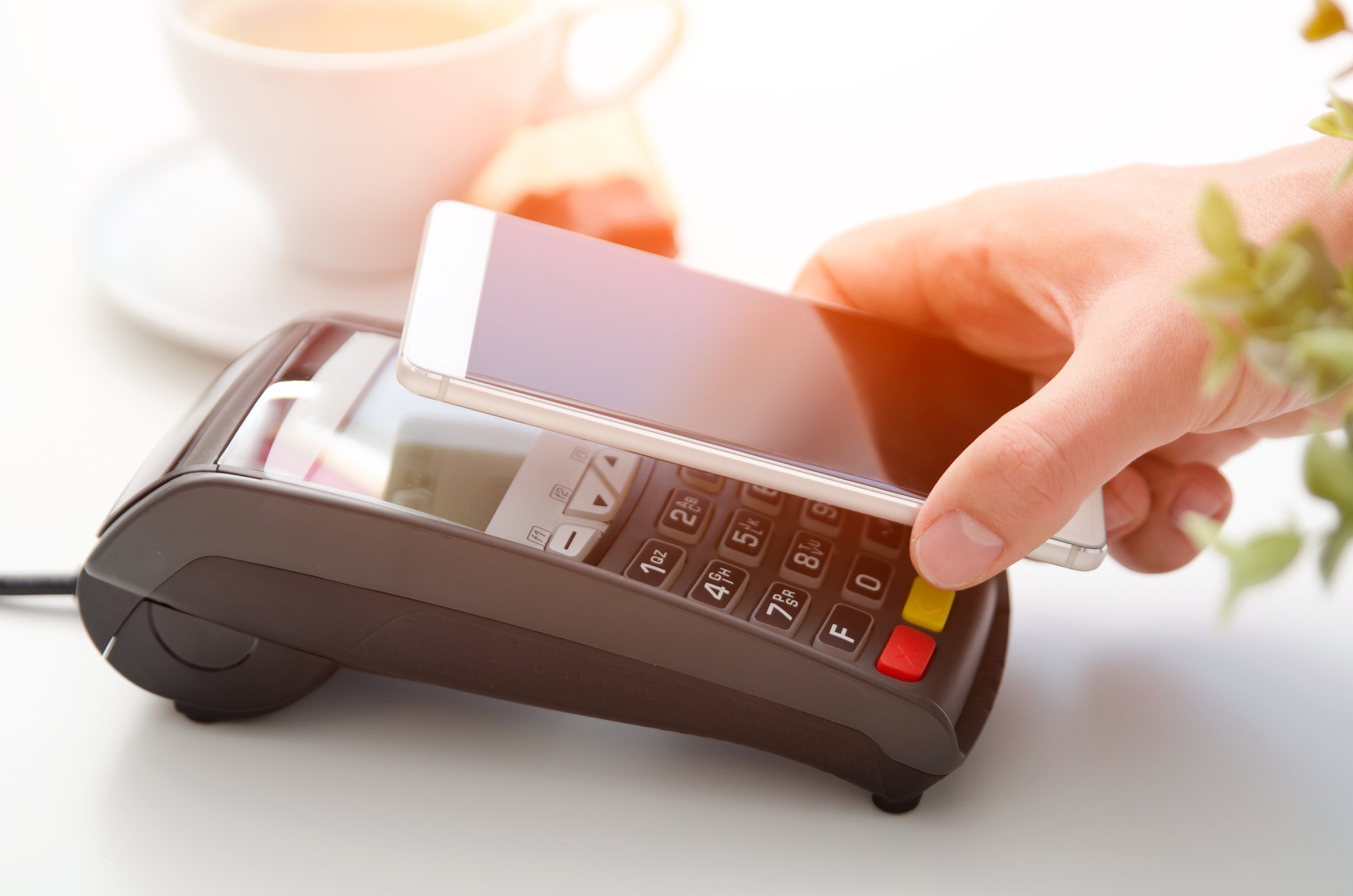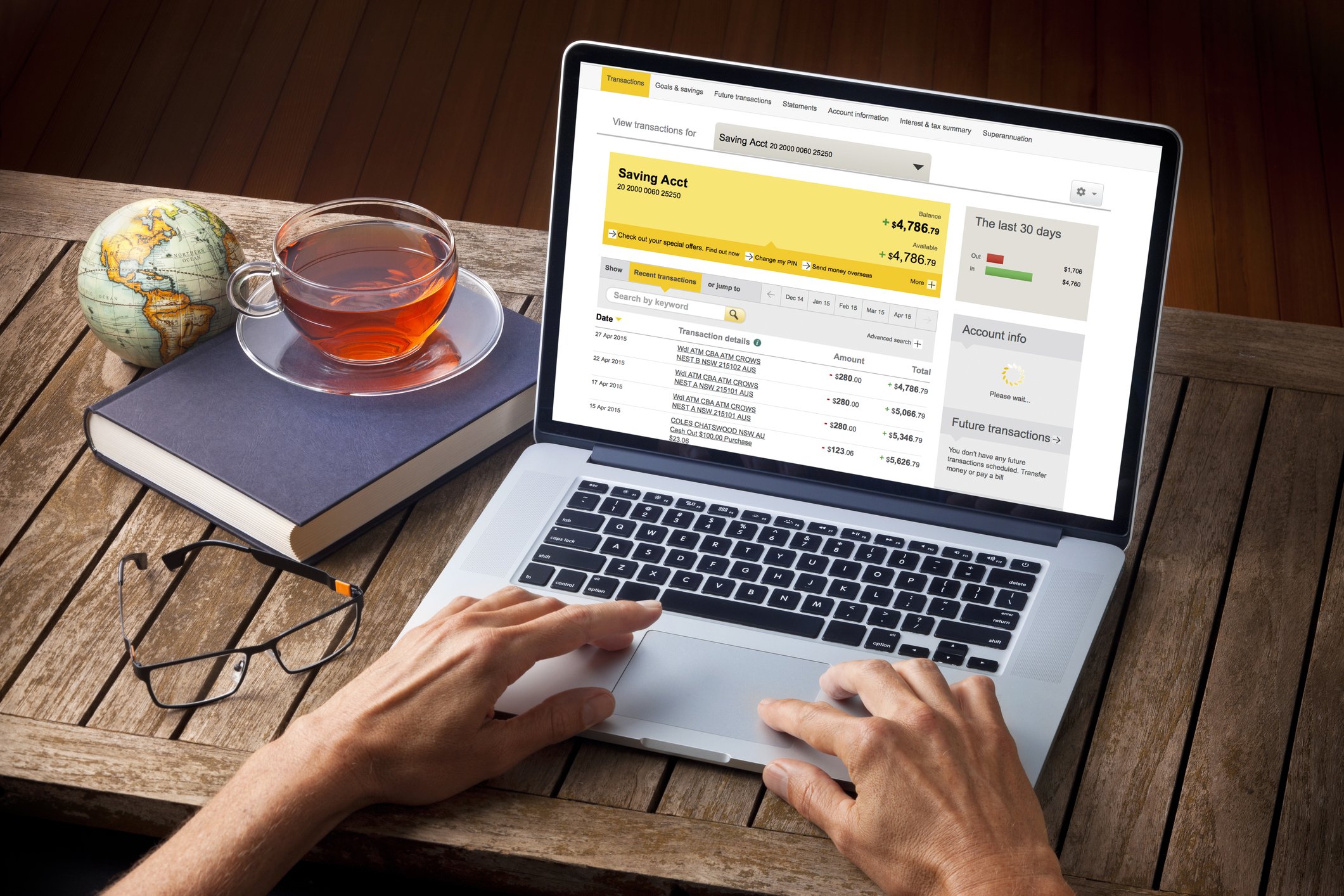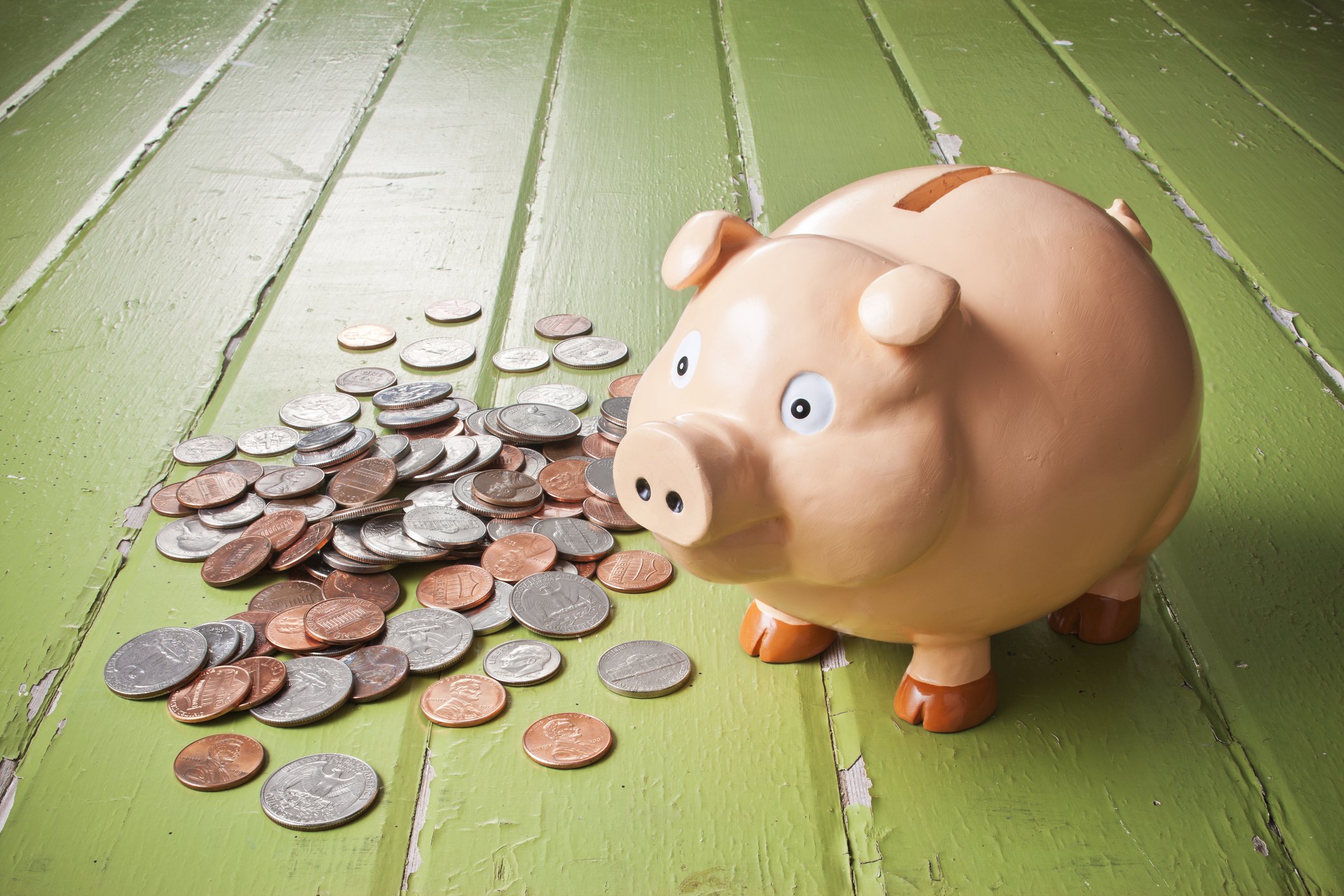Overdrafts Explained: What They Are and How to Avoid Them
Introduction
An overdraft can feel like a helpful safety net when money’s tight—but if you don’t understand how they work, they can quickly turn into a costly trap. Whether you're managing your first bank account or trying to get better with money, knowing how overdrafts work—and how to avoid them—is an essential skill.
In this guide, we'll explain what overdrafts are, how they affect your money, and practical steps to stay in control.
What Is An Overdraft
An overdraft happens when you spend more money than you actually have in your current account, and your bank lets the transaction go through anyway. In other words, it allows your account to dip below zero, temporarily covering the shortfall—effectively acting like a small loan from the bank.
There are two main types of overdrafts:
Authorised (or arranged) overdrafts are pre-agreed with your bank. You’ll usually have set this up in advance, with a limit that you’re allowed to go into the negative. For example, your bank might approve an overdraft of up to £200, meaning you can go £200 below £0 without facing extra charges beyond the agreed interest.
Unauthorised (or unarranged) overdrafts happen when you go over your balance—or beyond your agreed limit—without permission from your bank. This type of overdraft is riskier and often comes with much higher fees or penalties. In some cases, your bank might reject the transaction altogether, which could lead to further issues like bounced payments.
While overdrafts can be helpful in an emergency or to cover short-term cash flow gaps, they’re not meant to be used regularly. Treating them like “spare money” can lead to financial trouble quickly—especially if you rely on them to get through each month.
“Teens who learn how overdrafts work early on are more likely to develop responsible banking habits that last into adulthood. The key is understanding your balance and never spending money you don’t have.”
How Overdrafts Affect Your Finances
Overdrafts may seem harmless—especially if it’s just a small amount—but they can be one of the most expensive ways to borrow.
Here's why:
Daily fees or high interest: Some banks charge up to 39.9% EAR (equivalent annual rate).
Additional charges: You may be charged if a payment bounces or exceeds your overdraft limit.
Credit score impact: Persistent overdraft use or missed payments can affect your credit file.
Real-Life Example:
You go £100 into your authorised overdraft for 14 days. If your bank charges 39.9% EAR, you could owe nearly £1.50–£2 just for borrowing that small amount—and that’s if it’s authorised. Unauthorised use might trigger penalty fees.
Why People End Up in Their Overdraft
It’s surprisingly easy to fall into overdraft—even without meaning to. Common reasons include:
Unexpected bills (e.g. car repairs, energy bills)
Low account balance + subscriptions taking you into negative territory
Poor budgeting or not checking your balance
Delayed income (e.g. waiting for payday)
Many people don’t realise they’re close to zero until it’s too late—and by then, they’re already being charged.
How to Avoid Overdrafts
Avoiding overdrafts is all about staying ahead of your spending. Here are some simple but effective strategies:
1. Set Up Text or App Alerts
Get notified when your balance is low—most banks offer this for free.
2. Keep a Buffer
Always try to keep a £50–£100 "just in case" cushion in your account.
3. Track Your Spending
Use budgeting apps like Monzo, Emma, or Moneyhub to spot spending patterns and manage your cash flow.
4. Cancel Unused Subscriptions
Recurring charges can easily tip you into an overdraft—cancel what you’re not using.
5. Link a Savings Account
Some banks let you link savings as a buffer to automatically cover shortfalls.
6. Ask Your Bank to Remove Your Overdraft Facility
If you find yourself tempted to use it too often, consider removing or reducing it.
Already in Your Overdraft? Here’s What to Do
Don’t panic. Here’s a smart plan to help you get out:
Stop adding to it: Pause spending where possible and avoid letting direct debits make it worse.
Speak to your bank: Ask if they can freeze fees or offer a repayment plan.
Set a repayment goal: Even £10 a week can make a dent.
Avoid “robbing Peter to pay Paul”: Don’t take out loans or credit cards to cover your overdraft unless it’s a lower-interest and planned strategy.
Seek advice: UK services like StepChange or Citizens Advice can offer free help.
Final Thought
Overdrafts are not "free money"—they’re a form of credit, often with high costs. But by understanding how they work and learning how to manage your finances, you can avoid unnecessary fees and stay in control.
Whether you're a student, a young adult just starting out, or anyone trying to build better money habits, staying out of your overdraft is a key part of financial health.
FAQ’s
-
Occasional, authorised use isn’t likely to hurt your credit score. However, using your overdraft regularly or going into unauthorised overdraft can damage your credit rating and make it harder to get loans in future.
-
It depends. Overdrafts are convenient but often come with higher interest rates than credit cards. For short-term, small borrowing, a 0% credit card might be cheaper if you can pay it off quickly.
-
Yes, you can usually remove or reduce your overdraft by contacting your bank. Make sure your balance is positive before doing so.
-
Banks profit from interest and fees. While overdrafts are marketed as a safety net, they are still a product designed to generate income for the bank.
-
Most student accounts offer interest-free overdrafts up to a limit (e.g. £1,500). But once you graduate, those perks end—so plan to pay it off or switch accounts.













